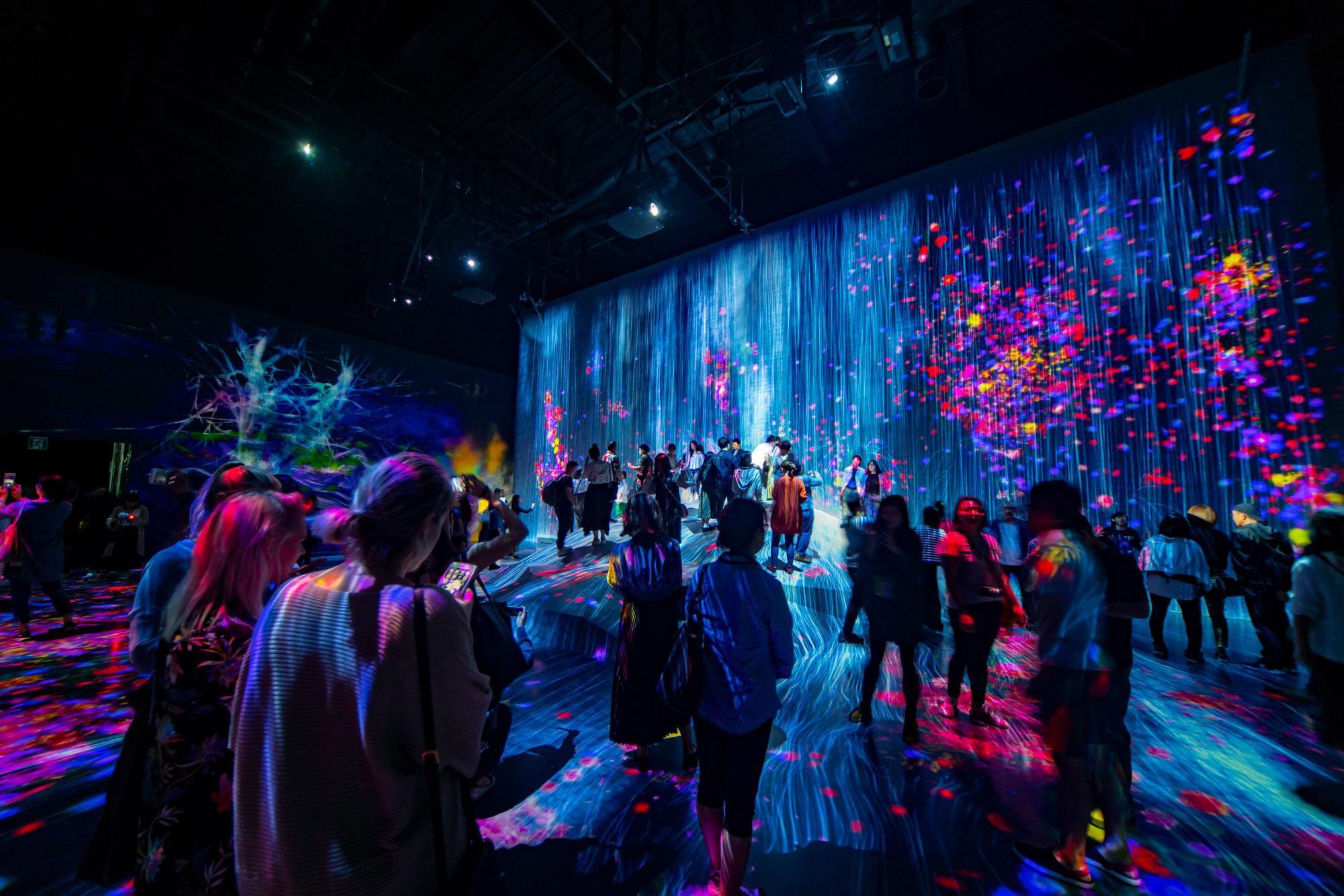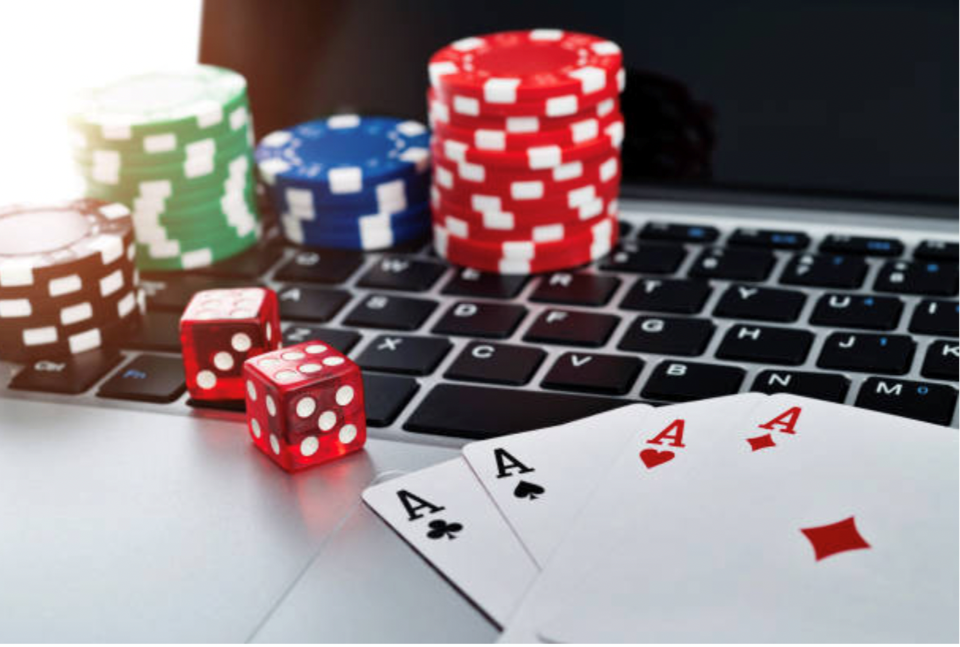How to Turn Consumer Insights into Immersive Event Concepts

When you want to impress a particular group of people, you can’t turn a blind eye to their preferences. Your event concept must revolve around “what your customers look forward to”. It’s the only way to make sure that your event is a big success. Otherwise, the event content won’t resonate with your invitees. They’ll keep feeling alienated during the whole occasion. You ought to consider consumer insights if you don’t wish to face such an undesired situation.
The big challenge for brands is how they can align their event concept with such insights. There are multiple ways that many businesses have already tried and succeeded. The most important thing in this regard is, of course, understanding what these insights tell you. Don’t just focus on “what”. Your focal point must be “why”. You also need to identify patterns in your consumer behaviors. Then, it’s a must to see “what really motivates your target audience”. Is it entertainment that encourages intended invitees to join an occasion? Or is it novelty that helps you win their attention?
This guide will explain how you can turn consumer insights into immersive event concepts.
5 Ways to Transform Consumer Insights into Engaging Event Experiences
You know, there are prominent “emotional triggers” that you can include in your event concept to impress your attendees. You need to understand the two prime types of emotional triggers: Positive triggers and negative triggers. When you’ve successfully calculated the information you need, it’s time to translate this data into a winning event concept. There are multiple “interactive touchpoints” that you can include in your idea. From gamification to physical interaction, there can be several.
Below are the top five ways to transform consumer insights into engaging event experiences:
⦁ Understand Consumer Insights
You can’t use something for your business’s benefits unless you’ve a clear understanding. The same stands true when you’re thinking about using the audience’s insights to develop an effective event concept. There are a number of methods brands use to reach this goal. Some consider “one-on-one conversations” with their customers more beneficial. Some are more into “surveys and questionnaires”.
Others make a smarter move by analyzing behavioral data. This is what tells them about the “patterns” and “engagement levels”. There’s another modern way to collect and understand consumer insights. We’re talking about monitoring social media conversations of your target audience. The best approach will be to opt for all of these methods.
⦁ Map Audience Motivations
“What is it that’ll really motivate our audience to attend the event?” This is the question that most experienced event organizers ask before creating a concept. You see, people don’t have enough time to join such an occasion for no reason. There’s always something behind their decision to be a part of these events. It can be the desire to enjoy a unique experience.
There are people who prefer “learning” to just “having a good time”. They take it as an opportunity for professional development. Some of your intended attendees might look forward to networking. Then, let’s not forget about the “fear of missing out” that drives most to join such events. Your responsibility is to map all these motivations.
⦁ Identify Emotional Triggers
There are some cues that brands include in their event concepts to ensure a deeper connection with their invitees. Event organizers remember these cues by the name of “emotional triggers”. Here are some of them that you should identify:
⦁ Moments of joy
⦁ Belonging to a community
⦁ Excitement and anticipation
⦁ Connection with the past
⦁ Surprise and curiosity
These cues are considered “positive”. Some emotional triggers are also “negative”. From overcrowding to long wait times and disappointment, these are the factors that you must watch out for.
⦁ Translate Data into Event Concept
You have collected everything you need in terms of consumer insights. It’s time for you to convert this information into an event concept. These guidelines will help you achieve this milestone:
⦁ Develop a core narrative
⦁ Personalize your event content
⦁ Incorporate the “voice of customers”
⦁ Design for emotional triggers
⦁ Leverage user-generated content
These are the important points. You, however, should also consider building a “feedback loop”. You see, the whole process isn’t a one-time project. You want to be prepared for your next venture, as well. This is where this approach will be helpful for you.
⦁ Design Interactive Touchpoints
You are going to have to design some interactive touchpoints for your event. These must be related to insights that you get from your consumers. Common touchpoints that brands usually include in their experiential events are:
⦁ Gamified challenges
⦁ Live Q&A sessions
⦁ AI-powered smart networking
⦁ Secret experiences
⦁ Immersive photo opportunities
There you go. Once you know how you can effectively use these touchpoints, you’re on the pathway to event success. For this, however, you’ll definitely need help from an expert event manager. You can contact professionals at a top experiential event agency in Dubai to reach the goal.
Host an Event that People Love to Attend
You must realize that your event concept should be in accordance with consumer insights. From understanding this data to mapping audience motivations and identifying trigger points, there are many factors that can help you. Contact a reliable event manager now to host an event that people love to attend.
Read more relevant articles on https://yoursocial.it.com.




